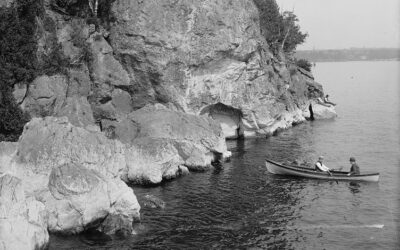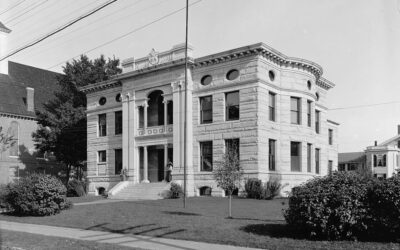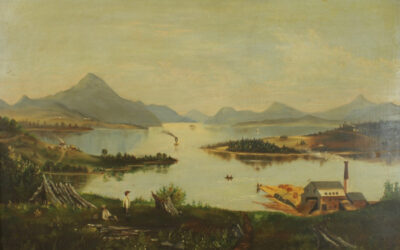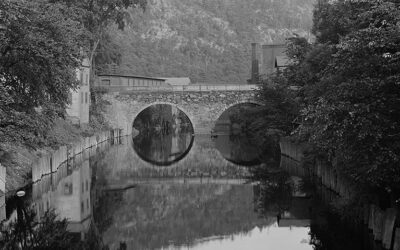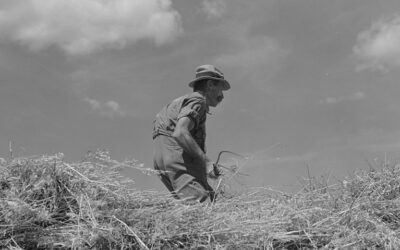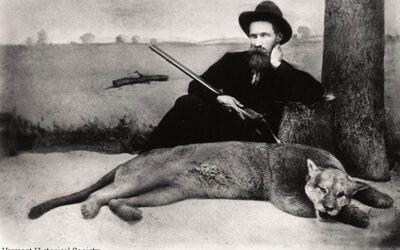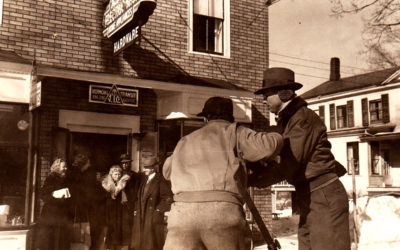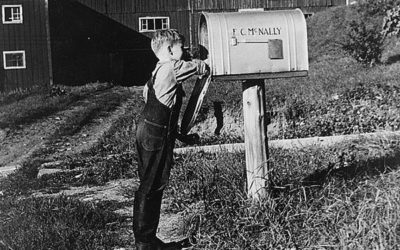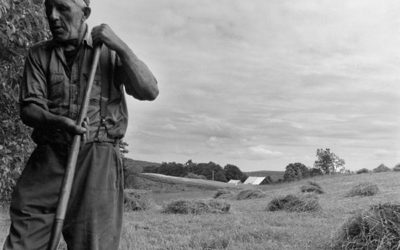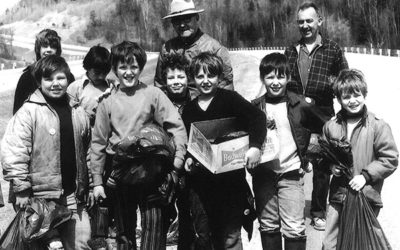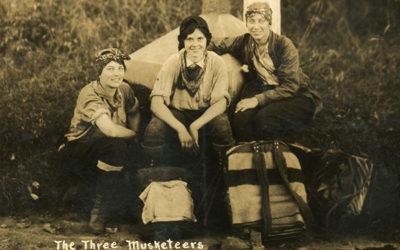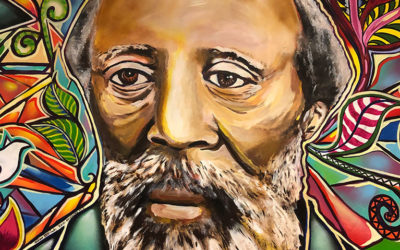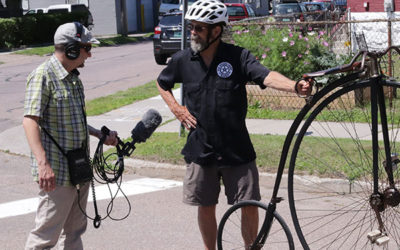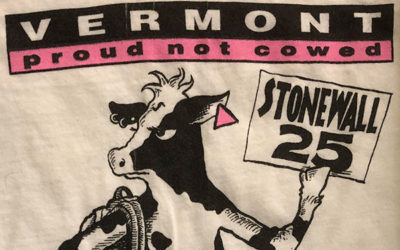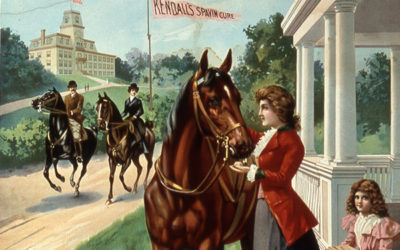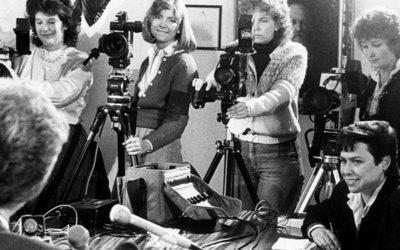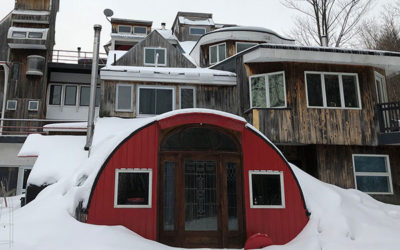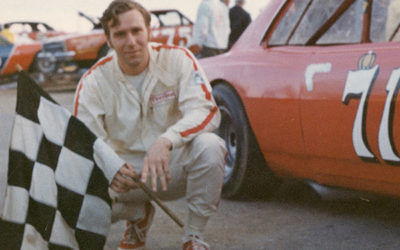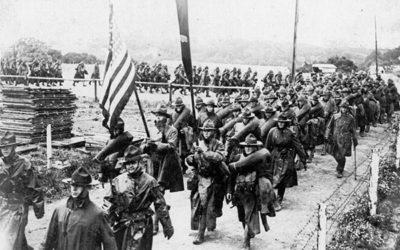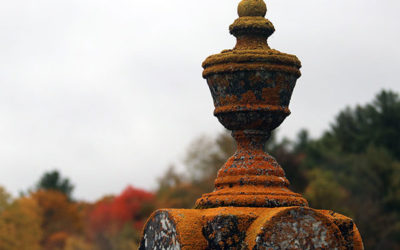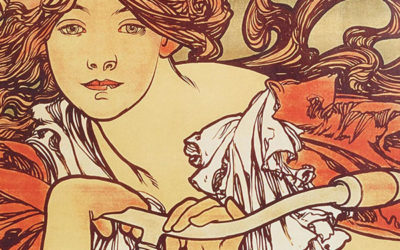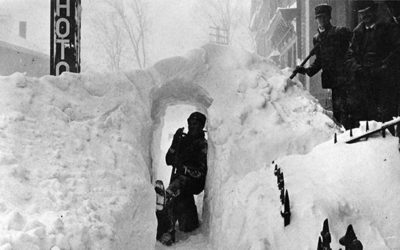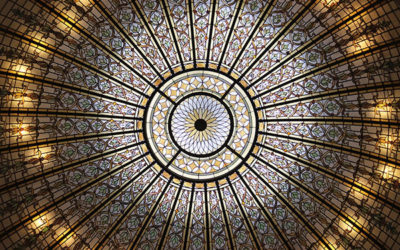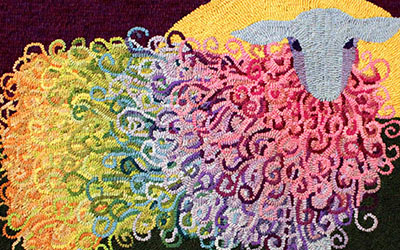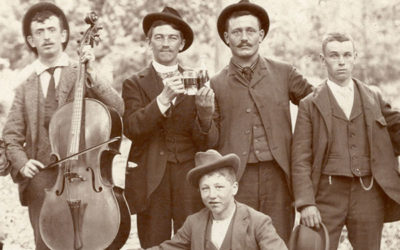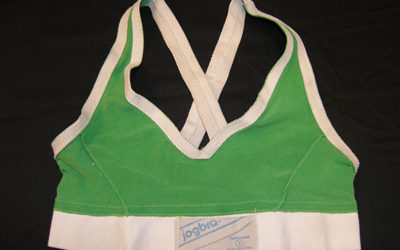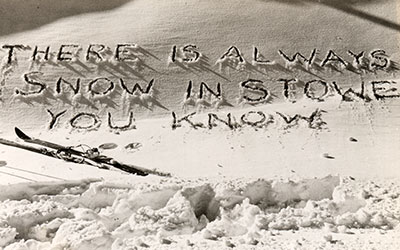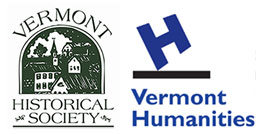Episodes
We release new Before Your Time episodes about every other month.
Circumnavigating the Wilson Globe
James Wilson is an almost mythical figure in Vermont History, reputedly a lone genius who created the first globe in America. For several years, the Vermont Historical Society researched more about Wilson and his globes – and the picture that emerged was much more complicated and interesting than the legend.
Acid Rain and Vermont’s Waterways
Vermont’s water quality has long been a top concern for scientists and residents, and in the 1980s it reached national attention as acid rain came to the forefront of public understanding. What is acid rain, anyway? Why was Vermont getting so much attention? And where are we now in addressing those challenges?
The Library Map of Vermont
The “Library Map of Vermont” was created in 1914 to track all 225 brick and mortar libraries as well as 267 traveling library stations around the state. In this episode we’ll ask; Can a map truly show what it means for a community to have a well-supported library… and when communities lack that?
Forests and Frontiers
Vermont’s extensive old-growth forests drew representatives from the King’s Navy looking for mast trees. What can their map of timber resources tell us about our relationship to the land, how Vermont defined itself, and how history is saved or not?
Canal Fever
In the summer of 1829, three Army surveyors created a map exploring a potential canal route that would have connected Lake Champlain and the Connecticut River. “Canal Fever” was gripping the region, with the success of the Erie Canal. But this quantum leap in transportation technology would have to contend with an even bigger idea: the railroads.
Call it A New Life
Technological improvements, from butter churns to electricity, transformed life on Vermont farms from the 1890s through the mid-20th century. Many of these changes eased the workload of Vermont’s farming families. But other changes – done in the name of modernity – had long-term impacts on the future of dairy in our state.
A Foot in Both Worlds
People speaking Spanish as they milk cows may not fit our traditional image of a Vermont farm. But workers from Mexico and Central America are crucial to the state’s economy. And such migrant labor has a long history in Vermont.
The Curious Catamount
Though said to be extinct, catamounts live on in the minds of many Vermonters. In this episode we retrace a Barnard panther hunt from 1881 and consider the hold that these big cats continue to have on our imaginations.
A Town Solves a Problem
Town meeting is central to our identity as a little state on a human scale that does things differently. But what happens to town meeting when it needs to change during a pandemic? Or when it changes because Vermont itself has changed?
Send Me a Box
We examine some of the products that people have mailed from and to Vermont, from maple syrup to complete houses and almost everything in between.
Vermont on the Silver Screen
From “A Vermont Romance” to “Funny Farm,” our state has been featured in films for over a century. What are the myths that Hollywood creates about our lives in Vermont? And what are the myths that we create ourselves?
Green Up Day
Vermont’s Green Up Day celebrates its 50th anniversary this year. In 1970, the day featured closed interstate highways, coerced schoolchildren, and shouted encouragement from a buzzing Cessna.
The Long Enough Trail
Stories from those who founded, hiked, and loved Vermont’s Long Trail, including the first women to through-hike the “footpath in the wilderness” in 1927.
Princes and Free Men
It’s well-known that Vermont is one of the whitest states in the Union. And so the stories of African American Vermonters can sometimes get forgotten, no matter how important they have been to our state’s and our nation’s history.
After the Crossing
Many different groups of people, from many different continents, have helped build our state. But from the 19th century through 2019, the stories of immigrants have largely been excluded from the popular image of Vermont.
Green Mountain Grab Bag
It’s a shame that some of the things we record get edited out of our stories. So here’s an episode of lost clips: bike whistles, pewter purists, halfway houses on the border, needlework, and the grave of “Vermont’s Donald Trump.”
A Place for Us
Queer lives and queer histories in Vermont were often kept private for good reason: the fear of losing one’s job, home, or family. The fear of violence. But it’s important to know that LGBTQ people are here, have always been here, and are part of the state’s history.
Herbs and Remedies
It can seem like every town in Vermont once had a pharmacist brewing their own special blend of medicine. Some of these cures were derived from herbal folk remedies. Others were created from a lot of alcohol, some food coloring, and a pinch of carefully honed hokum.
The Power of the Press
A massive wooden printing press made in the mid-17th century has a place of pride in the Vermont History Museum, and not just because it’s old. It represents both the history of written law in the state, and the crucial role that journalism – the press – plays in a democracy.
Built to Last
Plenty of Vermont’s historic buildings are traditional homes, churches, and meeting houses. But as the state changed in the 20th century, its architecture did too. Now experts are looking more closely at buildings that look nothing like what came before.
Anything for Speed
People have raced cars in the Green Mountains since 1903. There were racetracks in every corner of the state: at fairgrounds, in farmers’ back fields, and finally at dozens of dedicated racetracks.
Coming Home from the Great War
More than 600 Vermonters died overseas fighting in World War I. But thousands more brought their unique experiences of battle back to their home state.
Tales Behind the Tombstones
Many of Vermont’s cemeteries date back multiple centuries. They’re filled with worn-down stones that may only offer glimpses of the personal histories of the dead. But these cemeteries still hold lessons for the people who visit them today.
Mobility for the Masses
Many Vermonters felt a sense of liberation during the nation’s first “bike boom” in the 1890s, when bikes became cheaper and easier to ride. Although the state’s early bike clubs were the province of elites, underrepresented groups soon took up the new technology.
Talk about the Weather
Vermonters love weather. They love bragging about it, complaining about it, hiding inside from it, and playing outside in it. It’s a topic of conversation across the state.
More than Books
We still need libraries. But what is their role in the age of the internet? And in a state with so many beautiful libraries, why is it such a challenge to keep them going?
Knitters, Weavers and “Women’s Work”
Vermont today has no shortage of knitters, crocheters, rug hookers, silkers, sewers and felters. Some are avid hobbyists, and some make a living from their craft. But all are part of a long history of fiber arts in Vermont.
The Land of Gin and Whiskey
Among its many myths and images, Vermont is now considered a place to get excellent alcohol. Today’s visitors may not know that we used to be one of the driest states in the nation.
From Communes to Commerce
While the country grappled with scandals like Vietnam and Watergate, back-to-the-land communes offered settlers an alternative path in Vermont. But the 1970s were also good for business in the state.
Selling Vermont
In the years after World War II, Vermont transformed the way it sold itself to outsiders. That shift in identity made Vermont a four-season state for travelers. It also changed the state’s landscape.

